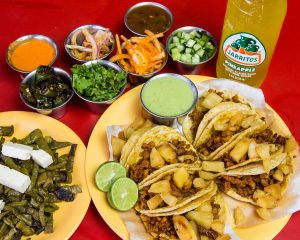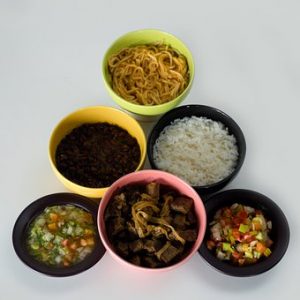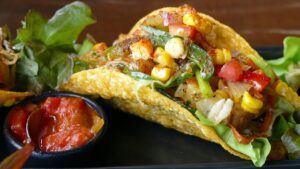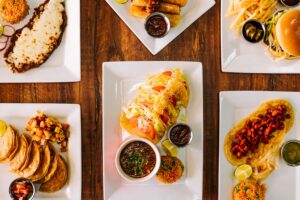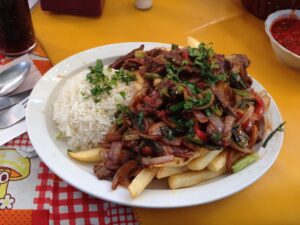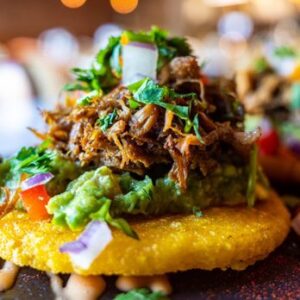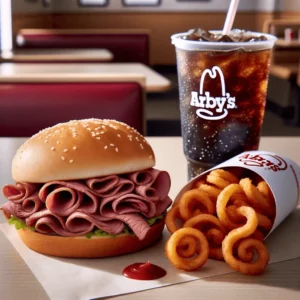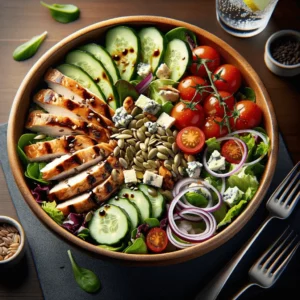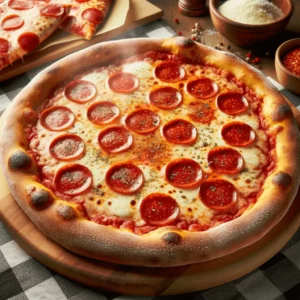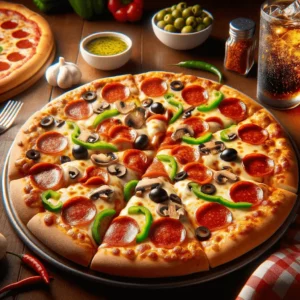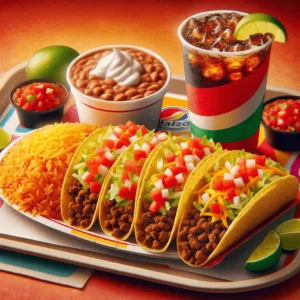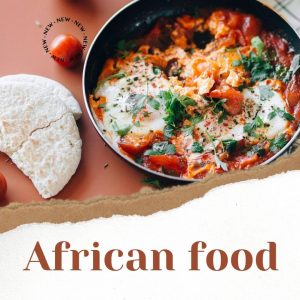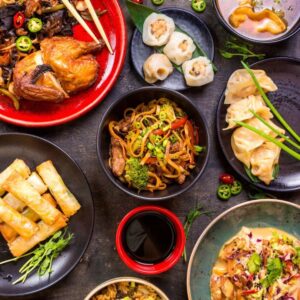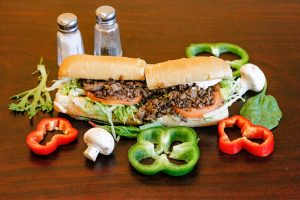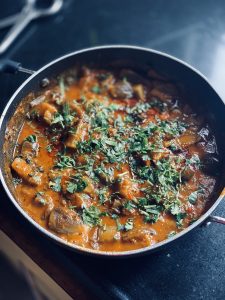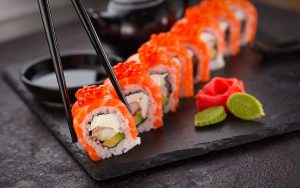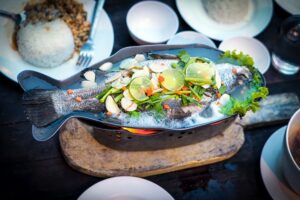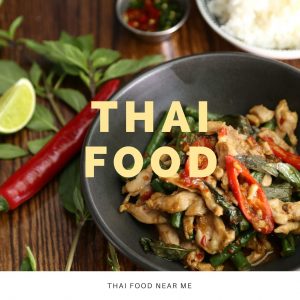Passion and Palate: South American Restaurants
South America, a continent bursting with a kaleidoscope of cultures, landscapes, and rhythms, extends its vivacity to its culinary domain. South American restaurants, whether perched on the Andean slopes or nestled in international cities, unfurl a gastronomic mosaic that sings praises of indigenous roots, colonial influences, and modern fusions. They transport diners to a realm where every bite dances with history and vibrancy.
A Culinary Carnival: The Pillars of South American Cuisine
Asado and Churrasco
Central to many South American countries, especially Argentina and Brazil, these barbecue traditions glorify the art of grilling. Meat, often beef or poultry, is seasoned and grilled to perfection over wood or charcoal fires, embodying the spirit of communal feasts.
Ceviche
A coastal delight from Peru, ceviche features fresh fish cured in tangy citrus juices, typically lime, and spiced with chilies. Accompanied by onions, cilantro, and sweet potatoes, this dish resonates with the freshness of the ocean and the zest of the land.
From Mountains to Jungles: A Diverse Gastronomic Journey
Empanadas
A versatile pastry pocket, empanadas can be found throughout the continent with varying fillings – be it spicy meat, cheese, or sweet jams. They symbolize the blend of indigenous and European culinary traditions.
Feijoada
Hailing from Brazil, feijoada is a hearty black bean stew with a medley of meats, often served with rice, greens, and oranges. This dish encapsulates the Afro-Brazilian history and is considered a soulful weekend treat.
Arepa
A staple from Venezuela and Colombia, arepas are cornmeal patties that can be grilled, baked, or fried. Stuffed with cheese, meats, or beans, they’re a testament to the everyday culinary wonders of the region.
Beverages that Stir the Soul
Mate
Revered especially in Argentina, Uruguay, and parts of Brazil, mate is more than a drink. Prepared from the dried leaves of the yerba mate plant and drunk from a traditional gourd, it’s a ritual that fosters community and friendship.
Pisco Sour
A cocktail that sparks debates between Peru and Chile regarding its origin, Pisco Sour is a blend of pisco (a grape brandy), lime juice, egg white, and sugar, offering a tantalizing balance of sweet and sour.
Conclusion
South American restaurants are torchbearers of a continent that thrives on diversity. Through their dishes, they narrate tales of ancient civilizations, vibrant festivals, sprawling Amazonian jungles, and sun-kissed beaches. They offer more than just food; they present a journey filled with flavors, stories, and memories.
FAQs
1. How does South American cuisine differ across regions?
Given the continent’s vast size and varied geography, its cuisine is incredibly diverse, from the seafood of coastal regions to the meat-heavy dishes of the Pampas.
2. Are there vegetarian and vegan options in South American cuisine?
Absolutely! With dishes like quinoa salads, vegetable stews, and many bean-based recipes, there are ample vegetarian and even vegan options to explore.
3. How prevalent are spicy flavors in South American food?
While some countries, like Peru, incorporate spicy chilies in their dishes, the overall cuisine across the continent is diverse with varying levels of spice.
4. What are some must-try desserts?
Dulce de leche (a sweet milk-based spread), alfajores (cookie sandwiches filled with dulce de leche), and brigadeiros (Brazilian chocolate truffles) are just a few delights.
5. Which South American wines pair well with the cuisine?
Argentinian Malbecs, Chilean Carmeneres, and Brazilian sparkling wines are fantastic accompaniments to many South American dishes.


